Nancy Churnin writes the most wonderful biographies. They are stories that show the heart and soul of the individual, stories that inspire readers to be their best self and stretch for their dreams. Books like Manjhi Moves a Mountain – about a man who literally moved a mountain one bucket at a time, to help the people of his village. Or the lovely story of William Hoy and how a deaf baseball player changed America’s favorite game.
With six biographies on the shelves and more to come, Nancy Churnin is the perfect subject for a classroom Author Study. And with Nancy’s help I have put together a complete Author Study Unit that is free for you to use with your classroom. Please enjoy the interview with Nancy and download my five lesson Author Study Unit and Free Worksheets
MEET AUTHOR NANCY CHURNIN
How do you choose the subjects for your books?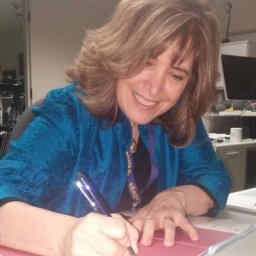
The William Hoy Story, my first book, came about because I wanted to make the dream of my friend, Steve Sandy come true. Steve is deaf and his dream is that William Hoy, a great 19th century deaf baseball player, will be well-known and one day be honored in the National Baseball Hall of Fame. I promised to write the book before I knew how to write a children’s book! I thought I’d knock it out in an afternoon, only to very slowly comprehend that I needed to take classes, join critique groups, write, write, write and revise, revise, revise. It took me 12 years to sell that first book, but I not only learned about how to write a picture book, but how much I loved writing picture books. I was determined to find more people who inspired me and would inspire kids, people who deserved a spotlight, but didn’t have one yet. After spending so many years making Hoy happen, I found myself particularly drawn to people who aren’t the biggest or strongest, but who have the heart to persevere against the odds. I found my next subject Manjhi in a newspaper article. The minute I learned about this man who spent 22 years chiseling a path through a 300-foot mountain so that the kids in his poor village could get to school and the sick could get to a doctor on the other side, I knew I had to write his story.
Why do you like to write biographies?
We all have moments of struggle and self-doubt when the path before us seems dark, 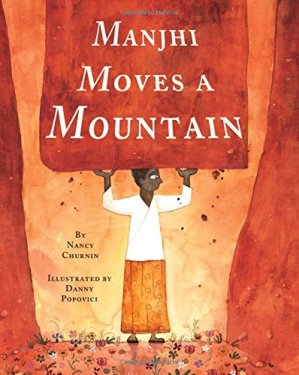 forbidding — more than we can handle. But biographies of people who have forged past doubt to focus on and ultimately achieve a dream can be a light to us on our journey. Everyone’s journey is unique. But other people’s journeys can provide an example of what can be accomplished if you have a dream and you persevere. I’m not going to be a champion ballplayer like William Hoy or chisel a path through a 300-foot mountain like Manjhi, but if I believe in a story, I’m going to keep working on it until it gets where it needs to go. And, after all, you never fail until you give up. I think of the 12 years I spent on my first book with pride, because I didn’t give up even when there were some people in my life wondering and, no doubt, having fun at my expense, thinking is she really still working on that? Kids get that all the time, too — they’re told they’re too young, too little, too this, too that, too unrealistic to accomplish something that’s never been done. I hope these people I write about remind them that they can accomplish anything if they don’t give up, that they have the power to set goals that will make the world a better place. And I hope my 12-year journey to my first book reminds them that anything worth doing is worth doing until you get where you want to go.
forbidding — more than we can handle. But biographies of people who have forged past doubt to focus on and ultimately achieve a dream can be a light to us on our journey. Everyone’s journey is unique. But other people’s journeys can provide an example of what can be accomplished if you have a dream and you persevere. I’m not going to be a champion ballplayer like William Hoy or chisel a path through a 300-foot mountain like Manjhi, but if I believe in a story, I’m going to keep working on it until it gets where it needs to go. And, after all, you never fail until you give up. I think of the 12 years I spent on my first book with pride, because I didn’t give up even when there were some people in my life wondering and, no doubt, having fun at my expense, thinking is she really still working on that? Kids get that all the time, too — they’re told they’re too young, too little, too this, too that, too unrealistic to accomplish something that’s never been done. I hope these people I write about remind them that they can accomplish anything if they don’t give up, that they have the power to set goals that will make the world a better place. And I hope my 12-year journey to my first book reminds them that anything worth doing is worth doing until you get where you want to go.
Where did you grow up?
I grew up in the Bronx in New York City.
What was special about your childhood?
I grew up in a world of books. When my parents married, they were very poor. The first thing they bought was a book called Tomorrow Will Be Better. They kept adding to that library so that by the time I was born we had a whole room of floor to ceiling books that we called the library. My mother read to me every night, Mondays through Saturdays — my first favorite book was The Wonderful Wizard of Oz. She read me an extra chapter on Saturdays so she could take off Sundays. I also loved going to the Kingsbridge Heights Library where the librarians would recommend amazing books. I still remember one title I asked the librarian to repeat a couple of times because it sounded so bizarre. I am glad I trusted that librarian because that book was The Lion, The Witch and the Wardrobe and it became one of my favorites! Another thing special about my childhood was that my grandparents, Sam and Mary Farber, had a bungalow colony in the Catskills called Mountain View Cottages. For a city girl growing up in a concrete Bronx grayer than Frank L. Baum described Dorothy’s Kansas, spending summers walking through woods, staring up at stars, running and rolling down hills, swimming, roasting marshmallows at campfires, riding horses — it was heaven. When I need to go to my happy place in my head, that’s where I often go.
What are some of the jobs you have had?
I have spent most of my life as a journalist, working as a theater critic for the Los Angeles Times San Diego Edition and most recently for The Dallas Morning News. Reviewing and writing about theater has been my favorite thing to do outside of writing books. I left The Dallas Morning News in January 2019 and am now a full-time children’s book author.
What are your hobbies?
My hobby when I was writing for newspapers was writing children’s books. And now that I do that full-time, I am happy to do that all the time! I still enjoy theater and singing. I love to walk my dog named Dog and hang out with my family.
What advice would you give to student writers?
Don’t waste time thinking about what other people would like you to write. Reach deep and think about what stories you want to tell. Read and re-read stories that you like to see how they’re put together. But remember, each new story is its own challenge and journey. There are some structural things you can learn that will help you on your way. But ultimately everything you write will be as unique as you are. Don’t try to be like anyone else. Be the best version of yourself. And don’t get discouraged if your first draft doesn’t resemble the vision you have in your head. There is an expression called the crummy first draft. No matter how many books authors write, no matter how experienced they seem, we all have to write that crummy first draft that we revise and revise and revise until it starts to move and breathe and feel like the original idea we had when we started. Find a support group of fellow writers that truly want you to succeed and that you truly want to help succeed. Don’t beat yourself up. Be kind to yourself. Be patient. Things take as long as they take and the length of time they take is different for each of us. The people who succeed are the ones who don’t give up.
What would you like students to know about you?
I am happy that I have been given the opportunity and support to write these books, to share them with you, to bring you a little light in the form of these stories and in the time we spend together here on this wonderful blog. I believe, with all my heart, that we are here to do what we can to heal the world, to do our best to make it better and to pass on whatever tools we can to the next generation to move our progress even further along the field. What I want you to know about me is how much I believe in you. You are why I do what I do. I am thankful for the opportunity to try to be helpful to you in your journeys.
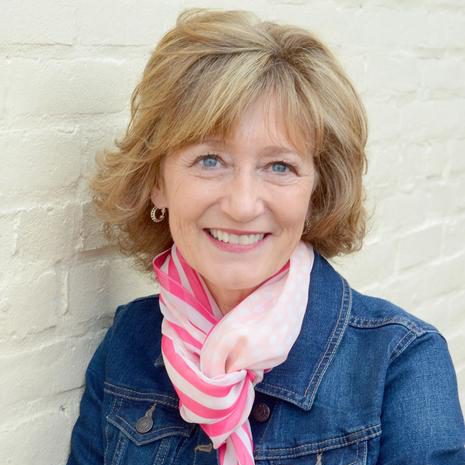
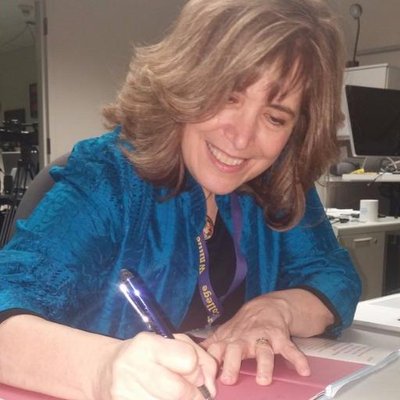
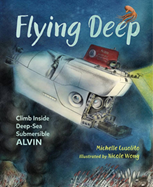

 FLYING DEEP
FLYING DEEP
